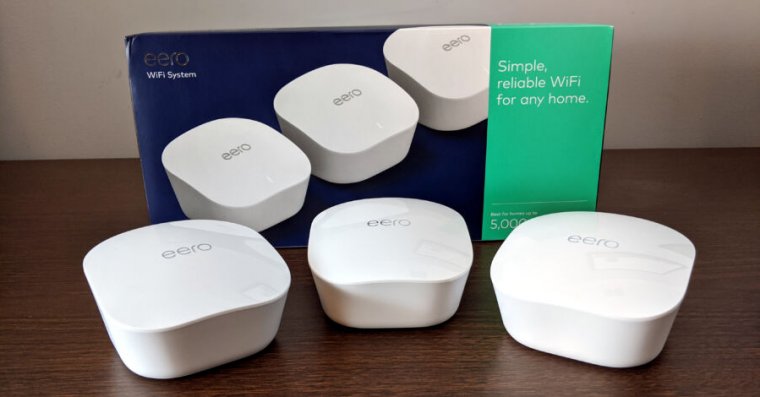-
 chevron_right
chevron_right
Digital equity program in Maryland adds Plume Wi-Fi to its Internet access
Jim Salter · news.movim.eu / ArsTechnica · Tuesday, 22 September, 2020 - 13:00 · 1 minute

Enlarge / Seventy low-income and special needs units in this apartment complex will offer Plume-managed Wi-Fi. (credit: Michael Bennett Kress Photography)
Montgomery County, Maryland offers its low-income and special needs citizens Internet access via a 600-linear-mile fiber route as part of its Digital Equity program. In a new pilot project, the county will add onsite Wi-Fi—by way of Plume superpods —to its existing basic Internet access.
Digital Equity is defined as a condition in which all individuals in a society can access the technology needed to fully participate in our society, democracy, and economy. The Office of Broadband Programs (OBP) is taking steps towards achieving digital equity in Montgomery County, through programs such as expanding broadband services, educating seniors, and aiding individuals in connecting to the internet.
—Montgomery County Office of Broadband Programs
Ars spoke to Montgomery County's Chief Broadband Officer, Joe Webster, about the upcoming project. Webster told us that although the county has been providing free or low-cost Internet service to residents in need for some time, significant challenges remain beyond the demarc. If you're unfamiliar with the term, "demarc" is ISP shorthand for "point of demarcation"—the point beyond which your IT problems are your own, not the service provider's.
Wi-Fi is a particular pain point, and the low-income and special needs citizens served by Joe's office face particular challenges trying to set up and administer in-home Wi-Fi, due to both the expense and complexity. Ongoing support of in-home Wi-Fi is also a challenging and expensive proposition—network equipment vendor Actiontec claims 60 percent of all ISP support calls are really for Wi-Fi, not the Internet service itself.

